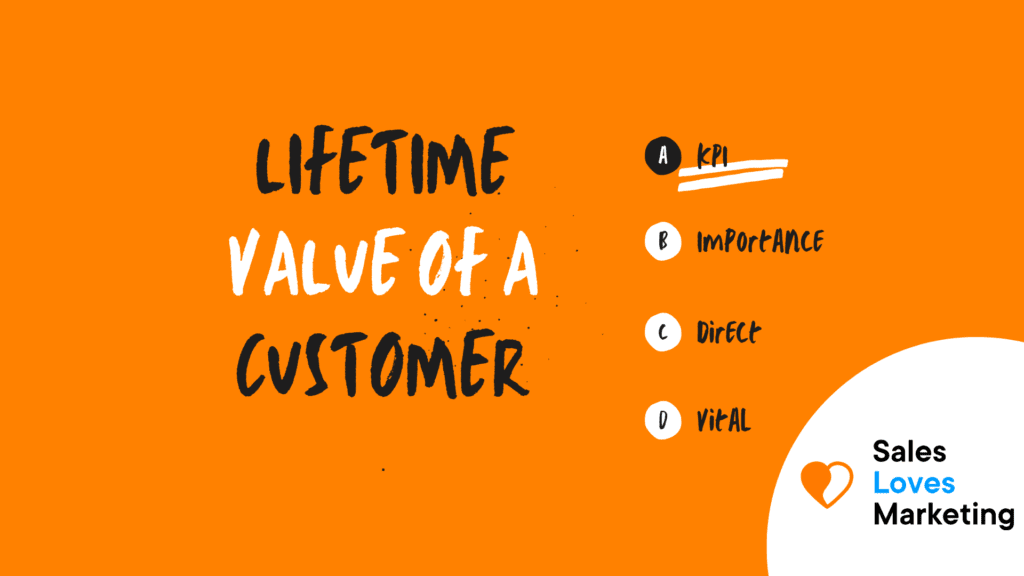What is the Lifetime Value of a Customer (CLV)?
Customer lifetime value is the total sum of much is worth a customer to a business over the whole time of their relationship. It’s an important metric as it costs less to keep existing customers than it does to attract new ones, so increasing the existing customers’ value is a great way to drive growth to a business.
How is the Lifetime Value of a Customer?
Customer lifetime value (CLV) is one of the key statistics to keep track of as part of a customer experience program. Knowing how the Customer Lifetime Value helps businesses develop working strategies to acquire new customers and retain existing ones while maintaining profit margins or even generating more profit than expected.
CLV is a great metric to use when there exists a multi-year relationship with a customer – say for a rental car or mobile phone contract. And it’s good for spotting the early signs of attrition – for example, the expenses of a customer start dropping off after the first year as they use the subscription less and less.
A simple definition could be something like customer lifetime value: how much money a customer will bring to the brand throughout their entire time as a paying customer.
This means that the Lifetime Value of a Customer has more than one use:
- Increase loyalty: It is possible to use the CLV as a tool for improving operational capacities and boosting customer satisfaction. The more satisfied is the customer, and how much a business has their needs in mind, the better offers can be provided. This helps to keep your customers in a relationship with your brand for longer.
- Lift retention: Customer lifetime value is the compass for thinking and creating strategies to keep the customers loyal to the brand. It also helps the business set priorities and goals, such as which customers to win back, and devise a unique strategy for that.
- Improve forecasting: Calculating customer lifetime value allows businesses to predict the future need for the product or service. This way, it is possible to manage the investments whether it comes to workforce, inventory, or other resources.
How do you calculate the Lifetime Value of a Customer CLV?
If you’ve bought a $40 Birthday Cake from the same shop for the last ten years, your CLV has been $400 – pretty straightforward. But as is expected, in bigger companies with more complex products and business models, CLV gets more complicated and harder to calculate.
Some companies don’t even attempt to measure CLV, quoting the trials of segregated teams, inadequate systems, and untargeted marketing.
When data from all areas of an organization is integrated and organized, it becomes easier to calculate CLV and its impact.
The simplest way to calculate Customer Lifetime Value goes like this:
CLV = average value of a purchase X number of times the customer will buy each year X average length of the customer relationship (in years)

So a marathon runner who regularly buys shoes from your shoe store might be worth:
$100 per pair of shoes X 4 pairs per year X 8 years = $100x4x8=$3,200
And the mom of a toddler might be worth:
$20 per pair X 5 pairs per year X 3 years = $20x5x3 = $300
